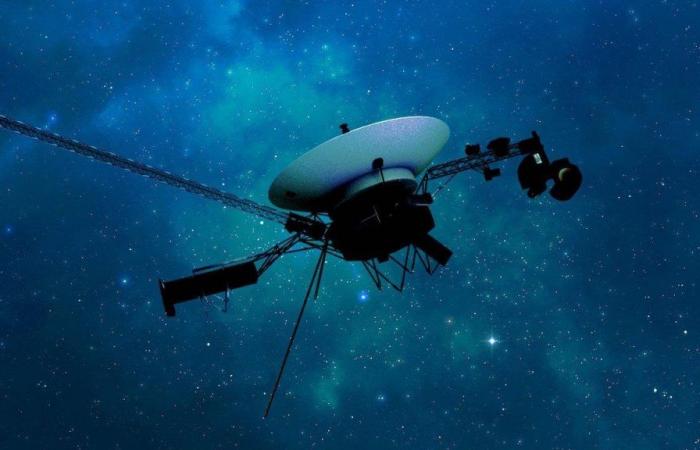2 or 3 million years ago, our solar system collided with a cloud of gas and dust floating between the stars. Not as brutal a “collision” as an encounter with a meteorite, but probably enough to disrupt the bubble that surrounds the Sun and its planets.
We call this bubble the heliosphere: possibly extending up to three times the distance between the Sun and Pluto — the most distant planet — this bubble represents the zone of influence of our Sun. Beyond its “border”, cosmic rays emanating from the rest of the galaxy take over the radiation emanating from the Sun (the “solar wind”). The heliosphere would therefore at the same time provide protection against cosmic radiation, some of which is much more powerful than what emanates from our Sun.
However, scientists know very little about the interactions between the heliosphere and the “outside world”: the only direct data are those from the Voyager 1 and 2 probes which, since the 2010s, have arrived in the region of this “final frontier”. » of our solar system. On the other hand, there is indirect data, and this is what a team of researchers points out in a study published in the journal Nature Astronomy.
First of all, for a long time we have detected, almost everywhere on the Earth and even on the Moon, an abnormally high quantity of certain isotopes of iron and plutonium (i.e. atoms which have a different number of neutrons other atoms of iron and plutonium). As these “varieties” are produced very rarely on Earth, and are all between 2 and 3 million years old, or 7 million years old, this suggests that these atoms arrived from the “outside world”—possibly because of a supernova, or star which ends its life in a gigantic explosion.
However, in trying to reconstruct the route that our Sun has followed within the galaxy over the last few million years, physicist Merav Opher, from Boston University, identified a cloud of gas and dust called THE cold cloud local ribbon system. According to calculations carried out with two colleagues, our solar system would have crossed it 2 to 3 million years ago. In theory, this “cloud” would be dense enough to cause the heliosphere to shrink to a distance less than the Earth-Sun distance — therefore exposing the Earth to cosmic radiation.






